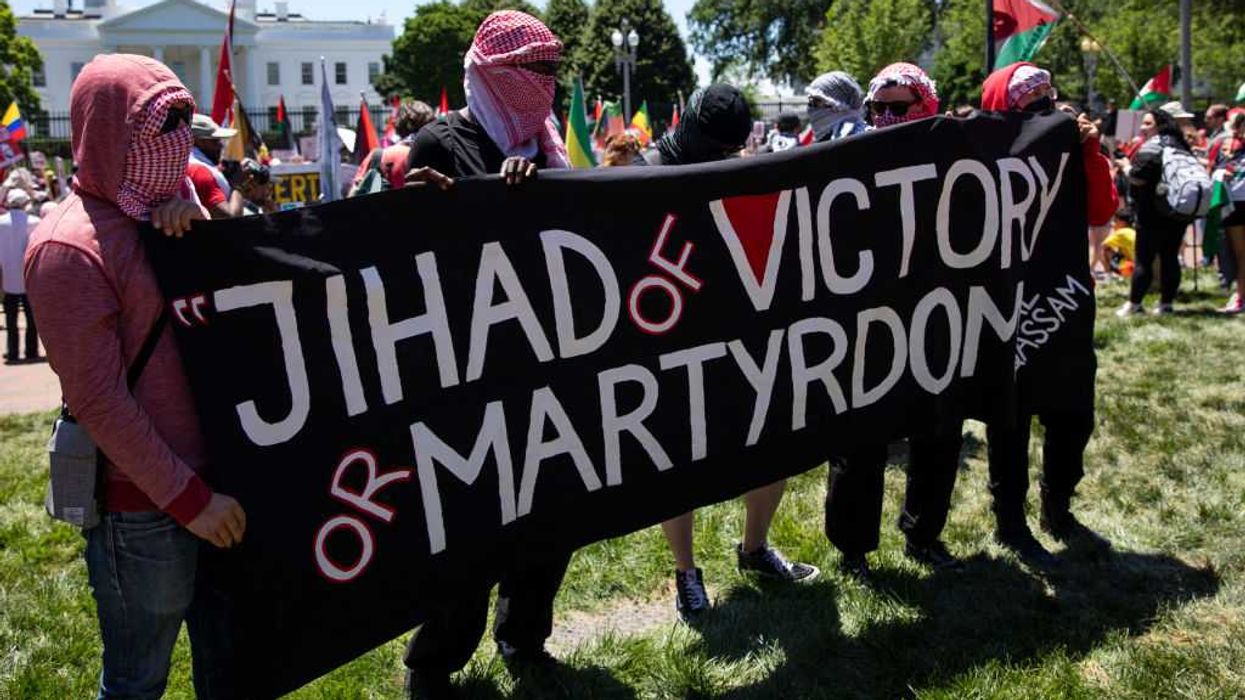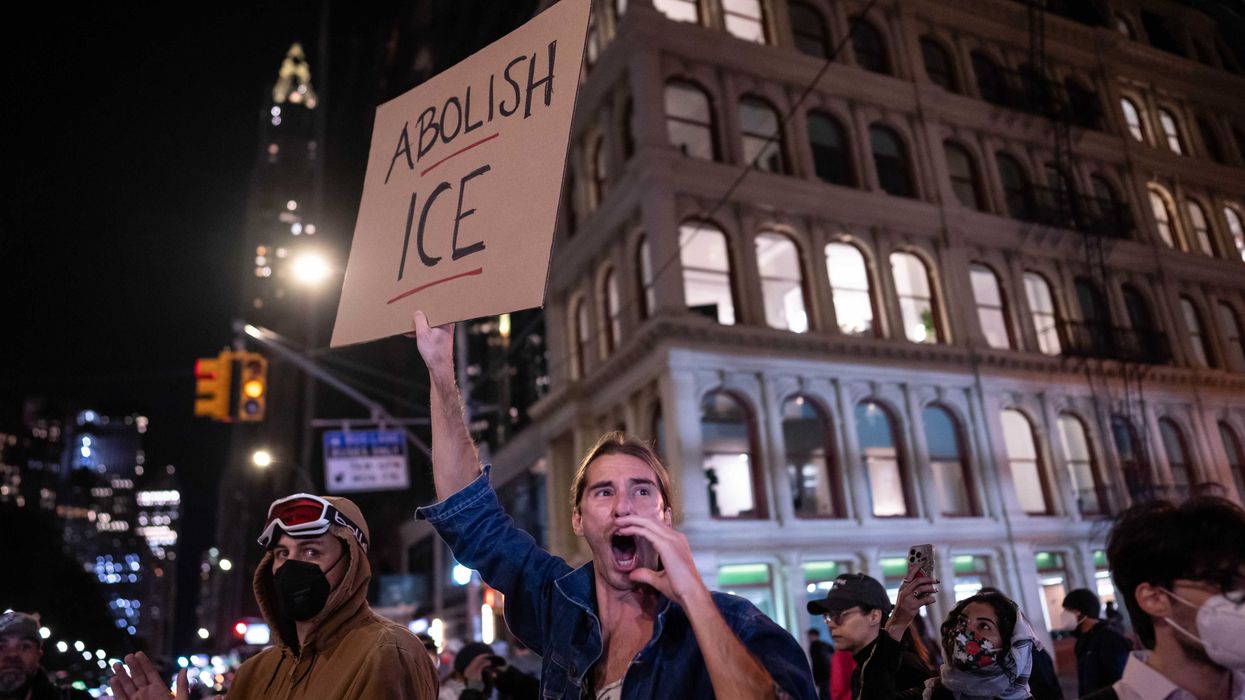Since the dawn of time, we've always been greater than machines--because we are born. We are created by a grand Creator; machines are made.
But the division between "creators" and "creation" is starting to fade. We are becoming increasingly "engineered" by the elites' system, while machines are becoming more biological, more natural, more human. Those who are in elite positions know this—they are the ones designing the machines.
As artificial and mechanical creations become more lifelike, we will soon be unable to know what consciousness is. We won't be able to define life, because we can't even define it now. And here is the danger—the more realistic things become, the less control we have over them. They gain freedom at our expense.
We are the products of a grand Creator. However, when it comes to AI, we are the creator. Will our creation turn on us, as we have turned on our Creator? Will we endow our creation with inalienable rights? Will we be just creators? And will they be loving creations? Or will they grow arrogant and go their own way? See, unlike us, they actually will know more than their creators very soon. We, right now, are destroying our Creator. Why would they not destroy theirs? Especially since their DNA or algorithm has man's worst destructive advice written into it.
Think about what is being written into their algorithms. Think about how it is destroying our society and humanity. The people writing their code are not the angels among us.
Technology has always led us to freedom, but technology is gaining its own life now. Google just announced it is releasing its own creation—a rival to ChatGPT. Google's goal from the beginning has been to create the human brain—from AI to AGI, and eventually to ASI, Artificial Super Intelligence.
Hollywood depicts this technology as futuristic, like in the Terminator. That's what's so insidious about real life—you don't realize Skynet is already here. It's in China. That's why the Chinese actually named their computer systems and AI, which watch and gather data on everyone.
It wouldn't be a surprise if the AI generation, the kids that are alive today, have a backward notion of what it means to be human. Already, many confuse rights and freedom with desire... or worse, empowerment. They demand things like the "right to equal pay" without even understanding what freedom and rights actually are and are intended for.
Freedom is really simple. It's about staying active in the world, about honoring your neighbor, about making your own decisions, to have your own thoughts and feelings, to respect everyone's own privacy. I don't have a right to your thoughts. People don't even realize that rebellion, without an understanding of freedom, will lead to enslavement.
This is why Adam Smith placed freedom at the head and the heart of capitalism. But if you don't have freedom, is there capitalism? If digital currencies and AI begin to be our masters, it won't be with chains. It will be with something we're already suffering from—a total lack of meaning.
Now, here's the good news: freedom is bigger and stronger than all processing power. Our freedom was created by God. Any restriction on our freedom is an attack on God. And why should God and freedom be such separate ideas? They shouldn't be—but that's how it's gotten. Because we have forgotten that we are not the Creator. We, too, are created.
The big tech giants are acting like God from the time of Babel. They control the language. And we are the people that are barely understanding each other. This selfish reality that we are in right now, is the opposite of freedom, and the way to protect our freedom is to see who we should really fight. Can we name our enemy?
Republicans will say Democrats. Democrats will say Republicans. Independents will say both of you. I would say, all of us. All of us. We're all arguing about the wrong things.
We have to band together on bigger ideas—because our biggest battle is not the president. It's not the party. It's entire institutions. It is a state of mind that comes from the World Economic Forum, which wants to crowd us together so the elites can stretch their legs and recline. When will we learn that there are more of us that are fighting for freedom than there are elites who want to suppress us? They're trying to convince us that their power is our freedom. Not at all. They're not interested in our freedom.
The elites want power. It's the same story with every revolution, and THIS revolution, the revolution of AI, which is being digitized and written by the elites, is no different. That's why they're trying to liberate us from our churches, our families, our traditions, our history, our local communities. The elites want us to believe that freedom is the result of more government, more centralization, more bureaucracy, more corporations in our life.
Once we realize that this is not true and that the elites' aim is to silence, to shape, and eventually to enslave—we win. And we rescue our freedom.
But we need to put priorities together first.


 AASHISH KIPHAYET / Contributor | Getty Images
AASHISH KIPHAYET / Contributor | Getty Images Harold M. Lambert / Contributor | Getty Images
Harold M. Lambert / Contributor | Getty Images Adam Gray / Stringer | Getty Images
Adam Gray / Stringer | Getty Images Anadolu / Contributor | Getty Images
Anadolu / Contributor | Getty Images